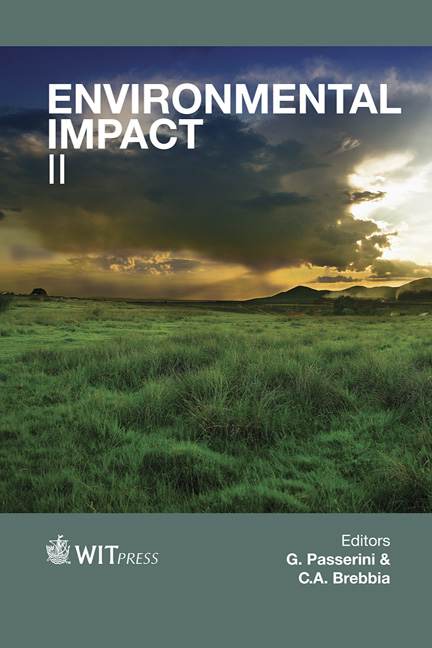The Tsunami Of 26th December 2004: The Impact On Tourism Trends In Southeast Asia
Price
Free (open access)
Transaction
Volume
181
Pages
12
Page Range
175 - 186
Published
2014
Size
358 kb
Paper DOI
10.2495/EID140151
Copyright
WIT Press
Author(s)
N. Blažin, M. B. Gavrilov, S. B. Marković, S. Janićević, Z. S. Milošević, T. Lukić & I. Hrnjak
Abstract
The earthquake of 26th December 2004 and the resulting tsunami claimed an estimated 300,000 casualties, making it one of the most destructive and deadliest natural disasters in history. The present paper investigates its impact on tourism in South East Asia by analysing the trends before, during and after the tsunami, using two main indicators: the share of tourism in the overall economy of a state and the size/volume of tourism-associated traffic. The first indicator consists of two parameters: tourism’s contribution to the gross domestic product of a state and the fraction of population employed in tourism. The second indicator is made up of three parts: the number of tourist arrivals, the average length of stay and the revenues from tourism. It is shown here that tourism made a significant contribution to the economy in a number of several countries in the region affected by the tsunami. The paper shows that the trends in the size/volume of tourist traffic before the tsunami in most affected countries of the region was increasing. The impact of the tsunami is analyzed in the tourisms of Thailand, Maldives, Sri Lanka, Indonesia and India, as countries most affected by the disaster. Keywords: disaster, tsunami, tourism, economy.
Keywords
disaster, tsunami, tourism, economy.





